After my dad passed away last year, Mom decided to move into an assisted living facility near my home. She wanted to be as independent as possible, and not be “right on top of us” in my house. It’s been a tough transition for all of us, in some ways. But I’ve also had the opportunity to grow my extended family through the fascinating friends Mom has made in her new home.
One of those new friends is Betty. Betty is 96 (turning 97 later this year) and still volunteers at the Mighty 8th Air Force museum in Savannah on a regular basis. She shared the story of her younger years with me recently, and we decided to make her story into a children’s nonfiction book. Here are some highlights:
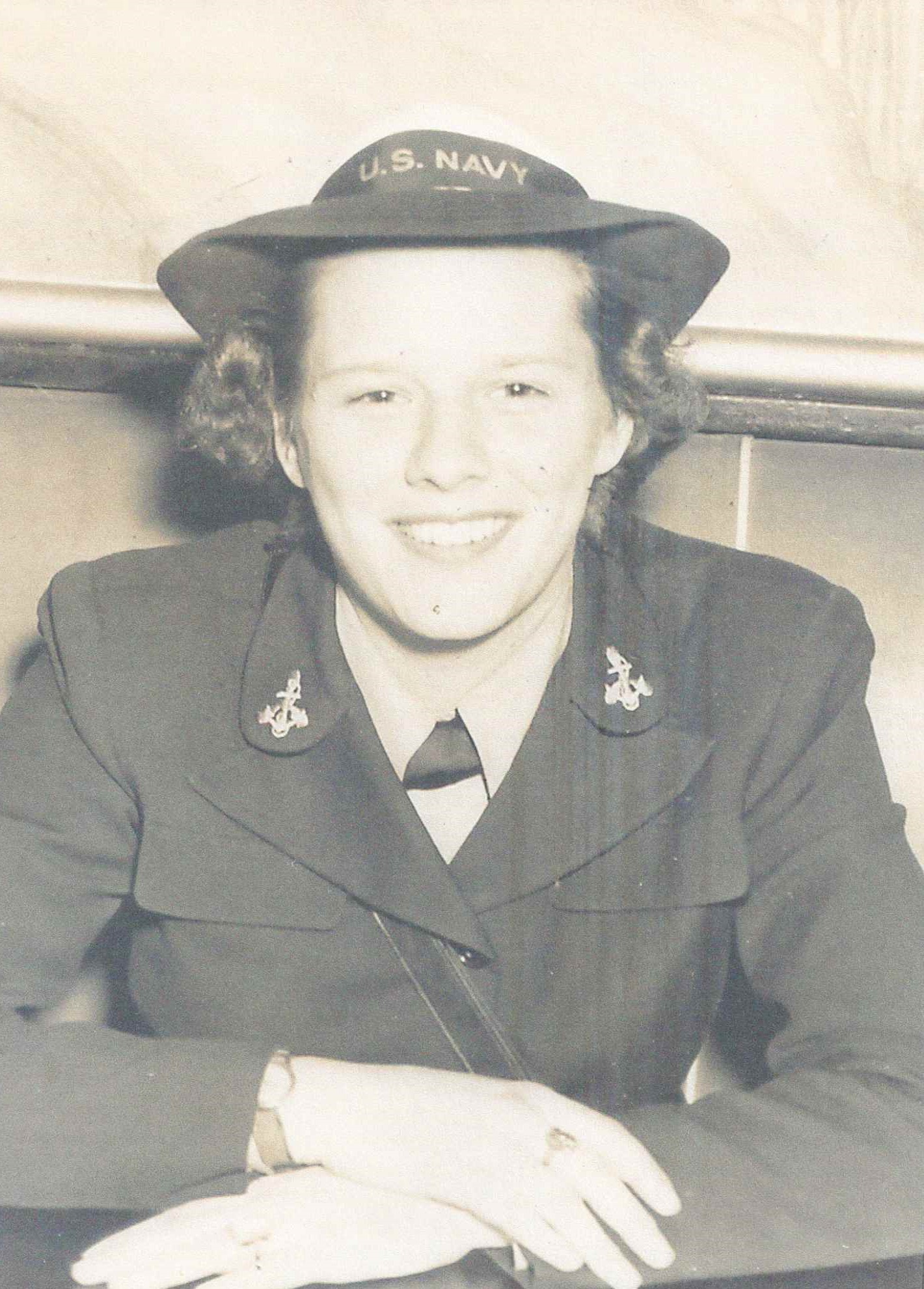
Betty in her Navy uniform during the World War II.
She was a part of a top secret project (Ultra) during World War II.
I wasn’t even aware that Americans were a part of this code-breaking effort. Like many other Americans, I watched the movie about Alan Turing a few years ago, and learned that researchers at Bletchley Park in England cracked the German Enigma code. It turns out, that was only part of the story. Betty was a part of the “rest of the story”. She worked with other Navy WAVES (Women Accepted for Volunteer Emergency Service) in Dayton, Ohio to build machines that we used to break the German Navy Enigma codes. Apparently, the German Navy added extra rotors to make the codes more difficult to break, and the British needed our help. Betty’s work on the project was so secretive, even she didn’t know the importance of the work she’d done until 1995 when she received an award from the National Security Agency (NSA). You can see the one remaining machine built by Betty and other WAVES at NSA’s cryptologic museum at Ft. Meade.
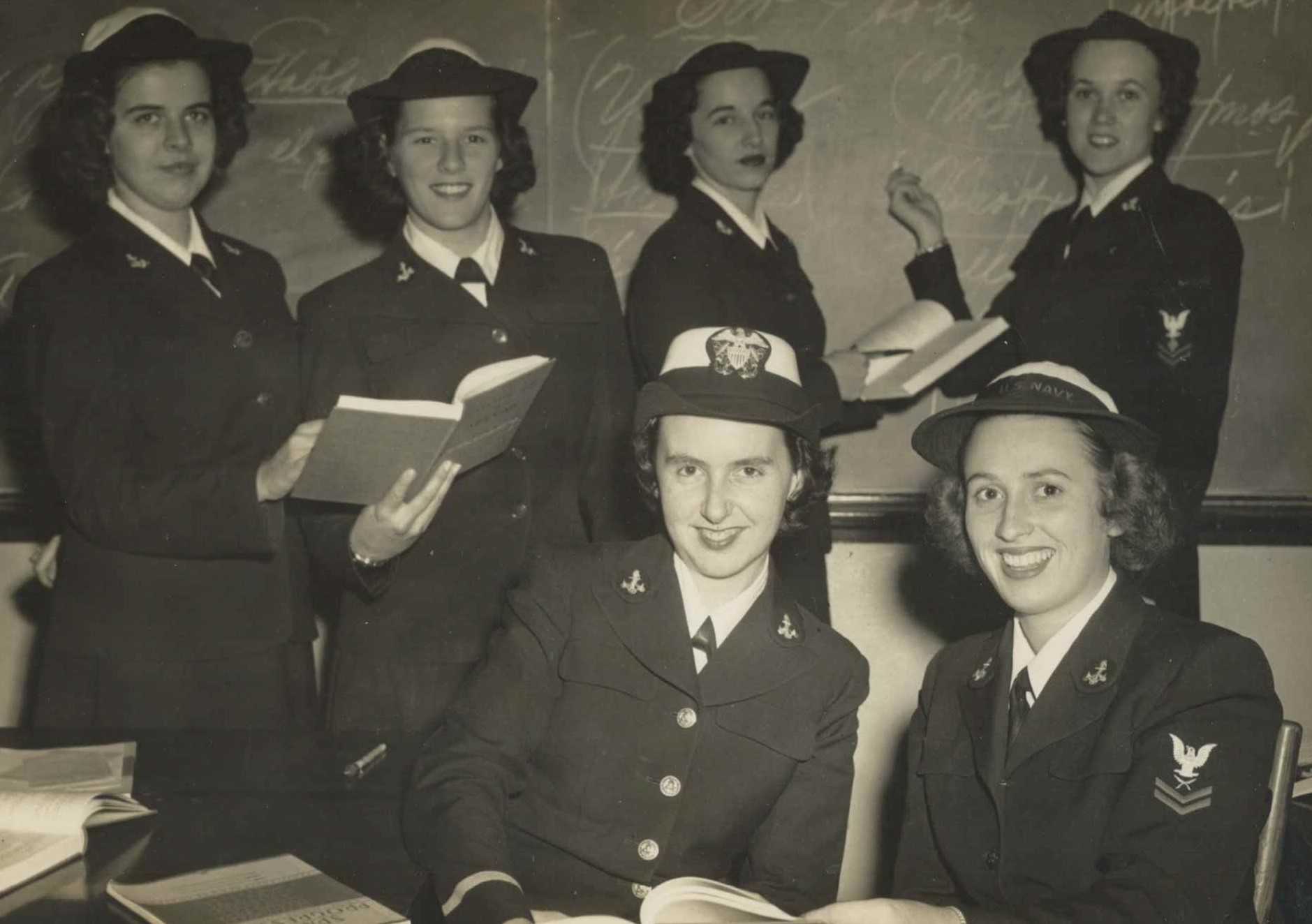
Betty (top row, second from left) with other WAVES during a training class in Washington, DC 1943. Photo from Betty’s personal collection.
Betty was a National Swim Champion. Betty swam competitively during her teen, college and even Navy years. She won several National swim titles, but never realized her dream of competing in the Olympics as both the 1940 and 1944 Olympics were cancelled due to the war.
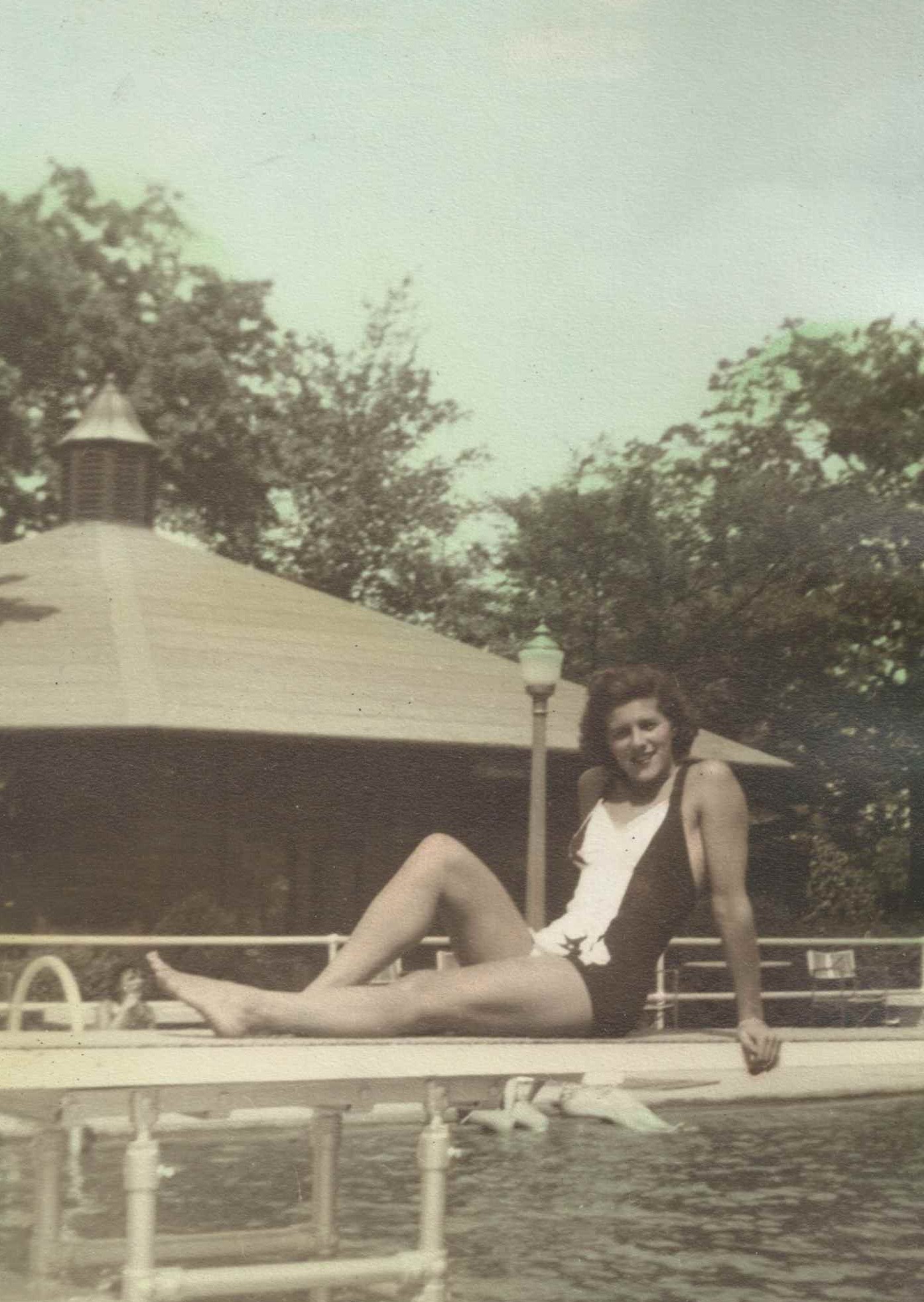
Another photo from her personal collection: Betty poses on the diving board of the National Cash Register’s Sugar Camp pool in Dayton, Ohio during the war years.
She met famous people. Betty swam with future movie star, Esther Williams when they were both teenagers. Ms. Williams’ Olympic dreams were also thwarted by the war. In addition, Betty had the chance to meet Orville Wright, of the famous Wright Brothers. Mr. Wright asked for permission to meet Betty after reading an article about the young Navy WAVE defending her swim title. One of the world’s greatest visionaries chatted with young Betty about her own dreams. She also remembers drenching Mr. Wright’s shirt when he gave her a hug, as she’d just climbed out of the pool. It’s a meeting she’s never forgotten. Interestingly, that newspaper article almost got Betty in major trouble. Her swim coach didn’t go through the proper channels to secure permission for her to compete, and since she was in the Navy, her commander wasn’t happy! When the next championship rolled around, her swim coach knew exactly how to secure permission the right way.
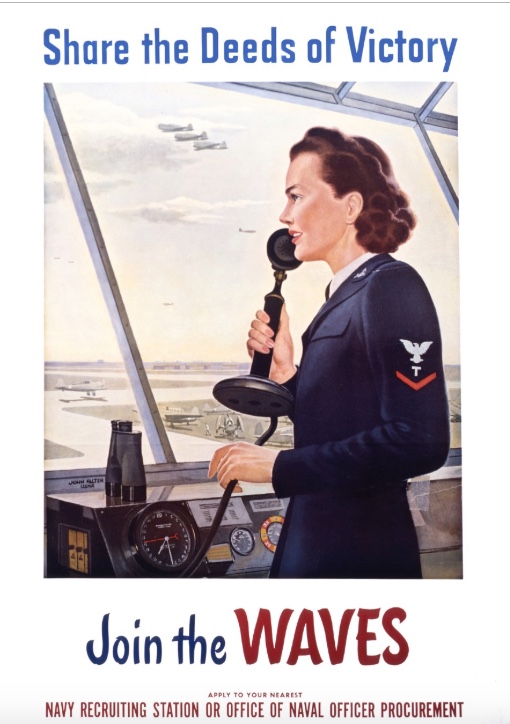
One of the recruiting posters advertising the WAVES.
When the Navy began recruiting women into active duty, Betty wanted to do her part. She was raised to hunt, fish, swim and even solder wires with her father. It wasn’t in her nature to sit back and let the men go to war.
I recently interviewed Betty about her experiences during the war and looked through photo albums with her. It was such an honor to have her share her story with me. It felt like I was interviewing living history. I’m polishing up the manuscript of her story, and hoping to get it into the hands of a publisher! I’d love to see kids inspired by her story too.
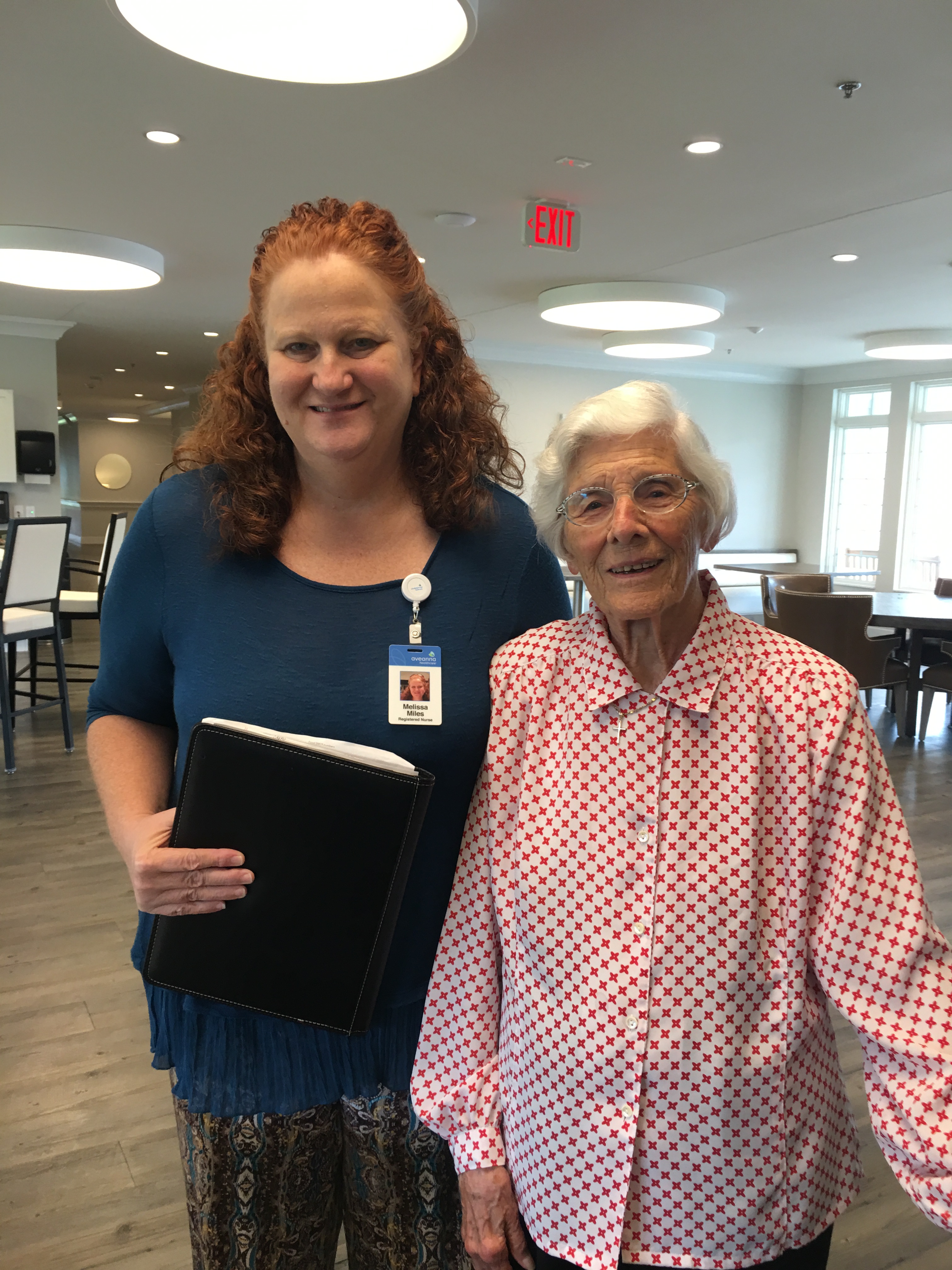
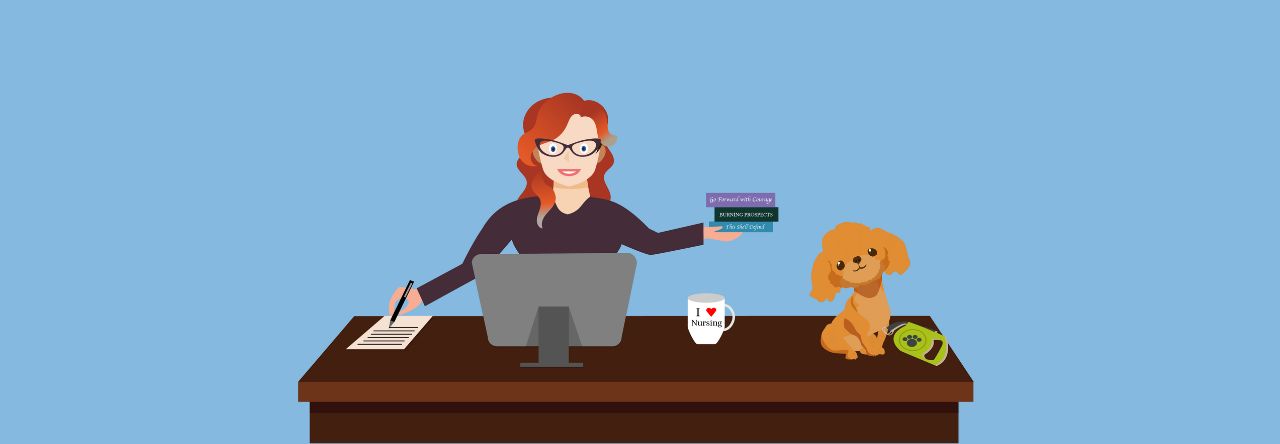





 Happy Fall Y’all! This is my entry for the
Happy Fall Y’all! This is my entry for the